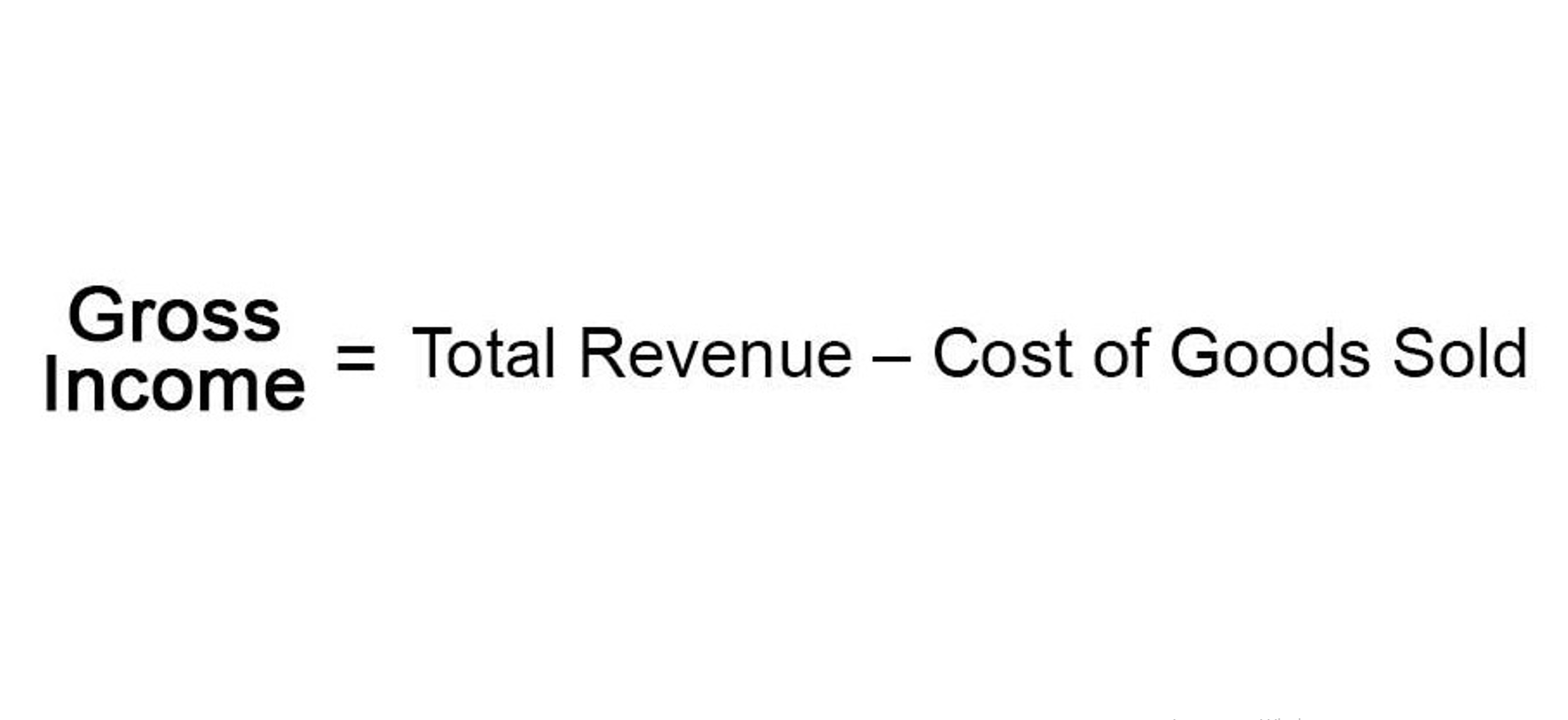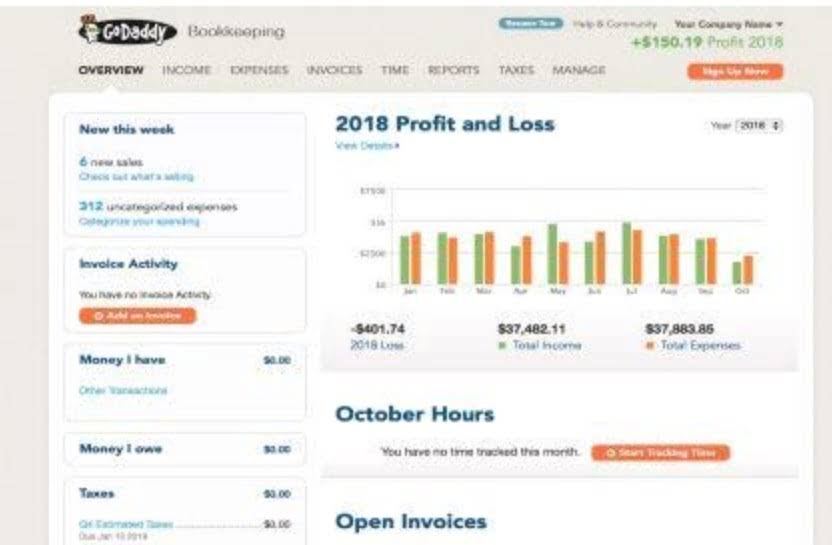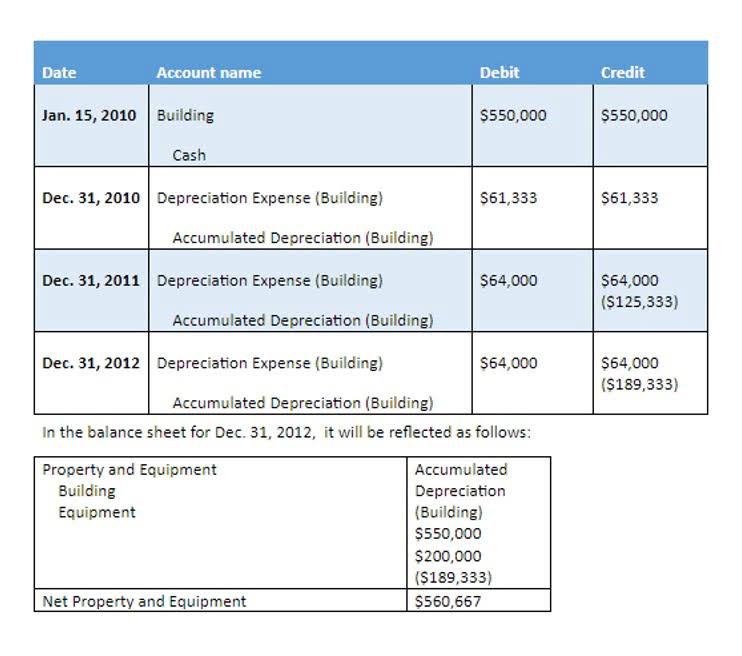For better recognition, some examples of assets are the company’s building, plant, machinery, property, inventory, etc. The cash (asset) of the business will increase by $5,000 as will the amount representing the investment from Anushka as the owner of the business (capital). Capital essentially represents how much the owners have invested into the business along with any accumulated retained profits or losses. For example, if a company becomes bankrupt, its assets are sold and these funds are used to settle its debts first.
Service Revenues is an operating revenue account and will appear at the beginning of the company’s income statement. A gain is measured by the proceeds from the sale minus the amount shown on the company’s books. Since the gain is outside of the main activity of a business, it is reported as a nonoperating or other revenue on the company’s income statement. Fees earned from providing services and the amounts of merchandise sold. Under the accrual basis of accounting, revenues are recorded at the time of delivering the service or the merchandise, even if cash is not received at the time of the balance sheet delivery.
Regardless of how the accounting equation is represented, it is important to remember that the equation must always balance. Liabilities are debts that a company owes and costs that it must pay to keep running. Debt is a liability whether it’s a long-term loan or a bill that’s due to be paid. Costs can include rent, taxes, utilities, salaries, wages, and dividends payable.
Assets
This change must be offset by a $500 increase in Total Liabilities or Total Equity. It represents the total profits that have been saved and put aside or “retained” for future use. The major and often largest value assets of most companies are their machinery, buildings, and property.
By maintaining the balance between assets, liabilities, and equity, it ensures accuracy and transparency in financial reporting. This expanded version incorporates the income statement, linking a company’s financial performance to its financial position. Revenues increase equity, while expenses reduce it, emphasizing the equation’s dynamic nature.
Sole Proprietorship Transaction #6.
- It is usually considered the most fundamental concept in the accounting system.
- If there is, it would only mean one thing which is there is an error in accounting.
- This ensures the equation is followed, a key part of the accounting cycle, and provides a clear financial snapshot of the business.
- The accounting equation reflects that one asset increased and another asset decreased.
- Ted decides it makes the most financial sense for Speakers, Inc. to buy a building.
- The totals tell us that the company has assets of $9,900 and the source of those assets is the owner of the company.
The accounting equation equates a company’s assets to its liabilities and equity. This shows all company assets are acquired by either debt or equity financing. For example, when a company is started, its assets are first purchased with either cash the company received from loans or cash the company received from investors. Thus, all of the company’s assets stem from either creditors or investors i.e. liabilities and equity. Valid financial transactions always result in a balanced accounting equation which is the fundamental characteristic of double entry accounting (i.e., every debit has a corresponding credit).
- The Accounting Equation serves as a valuable tool in financial analysis, enabling analysts to evaluate a company’s financial health and stability.
- This equation is the foundation of modern double entry system of accounting being used by small proprietors to large multinational corporations.
- The accounting equation represents a relation between assets, liabilities, and shareholders’ equity.
- It ensures accuracy while making journal entries and understanding company finances.
- By analyzing the components of the equation, financial analysts can gain insights into the company’s assets, liabilities, and equity.
- Knowing the accounting equation helps in school board exams, competitive tests, and future business careers.
Therefore, the accounting equation is basically presented in the Balance Sheet such that the total holds. If hypothetically, the total does not hold, this means that some of the transactions (or class of accounts) have been categorized improperly. The accounting equation is the most fundamental equation of accounts. It is one of those equations from which a multitude of other equations is derived. It is the most fundamental equation upon which business expansion grants multitudes of other equations are based upon. It forms the primary principle of accounting, and it helps in maintaining the balance sheet of a company.
Purchasing a Machine with Cash
These are the opposite of account receivables; they are payments that a company has to make to its suppliers. Short-term debt is usually classified as a debt that is to be paid in under a year. The companies usually borrow for the short term to survive a recession or meet its near needs, such as payroll. One of the reasons is that it is convertible, and the second reason is that it is the most liquid asset anyone can have. Consider, for example, a Company ABC which has bought a truck worth ten thousand dollars to transport its product and ship them to their customers.
Company
Things that are resources owned by a company and which have future economic value that can be measured and can be expressed in dollars. Examples include cash, investments, accounts receivable, inventory, supplies, land, buildings, equipment, and vehicles. It will become part of depreciation expense only after the equipment is placed in service. We will assume that as of December 3 the equipment has not been placed into service. Therefore, there is no expense (or revenue) to be reported on the income statement for the what is net income and how to calculate it period of December 1-3. The purchase of its own stock for cash causes ASI’s assets to decrease by $100 and its stockholders’ equity to decrease by $100.
Due to this, the accounting equation is also called the balance sheet equation sometimes. The totals after the first eight transactions indicate that the corporation had assets of $17,200. The creditors provided $7,120 and the company’s stockholders provided $10,080. The accounting equation also indicates that the company’s creditors had a claim of $7,120 and the stockholders had a residual claim of $10,080. The accounting equation is not just a formula; it’s the foundation of a business’s financial health.
The accounting equation is the primary equation used in accounting. It forms the base for double-entry bookkeeping, which forms the base of how every company on the surface of the Earth declares its financial conditions. Retained earnings are the share of the income retained by the business at the end of the accounting period. Double-entry bookkeeping is when each financial transaction is noted two times, once on the debit side and once on the credit side, so books can be balanced. This is a contra owner’s equity account, because it has a debit balance if draws were made.
Assets are the components that have a monetary value and can be used to generate business income. Apart from just creating income for businesses, assets can also be used to turn into cash equivalents, such as outstanding invoices. Thus, associating with a respectable accounts receivable service is necessary for better management. This equation sets the foundation of double-entry accounting, also known as double-entry bookkeeping, and highlights the structure of the balance sheet. Double-entry accounting is a system where every transaction affects at least two accounts. The Accounting Equation is a fundamental accounting concept that helps understand a company’s financial position.
Thus, there is no need to show additional detail for the asset or liability sides of the accounting equation. We know that every business holds some properties known as assets. The claims to the assets owned by a business entity are primarily divided into two types – the claims of creditors and the claims of owner of the business. In accounting, the claims of creditors are referred to as liabilities and the claims of owner are referred to as owner’s equity. Financial analysis involves assessing a company’s financial performance and position to make informed decisions.
In reality, every payment, sale, or expense affects a company’s financial position. These ongoing updates shape the balance sheet and provide a real-time view of overall stability. Tracking assets helps businesses understand their financial strength.
Whatever happens, the transaction will always result in the accounting equation balancing. A trade receivable (asset) will be recorded to represent Anushka’s right to receive $400 of cash from the customer in the future. As inventory (asset) has now been sold, it must be removed from the accounting records and a cost of sales (expense) figure recorded. The cost of this sale will be the cost of the 10 units of inventory sold which is $250 (10 units x $25). The difference between the $400 income and $250 cost of sales represents a profit of $150.









